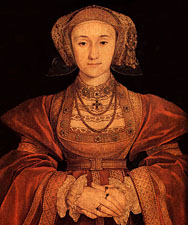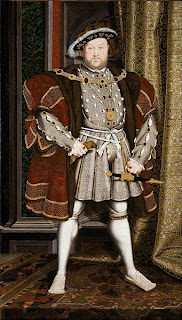We learn in class that 80,000 people were accused of being
witches, but about 40,000 of them were actually executed. These executions
normally were punished by burning at the stake. Such as the image above, in the
image it is four witches who were burned at the stake at Wittenberg in 1540 (CP).
The four were accused of commerce with the devil and of directing magic against
their neighbors (CP). Whether or not “magic” really happens, there were many
super situations that easily led someone of being accused of witch craft. Or if
you had series of bad luck such as the example Dr.Wolbrink had in class, when
the woman’s husband died 3 months after their marriage in a fire, or even after
the fact when she remarried, her second husband ended up abandoning her with
his first wife. Let’s say you were just weird, you could’ve have been a witch
who associated with the devil. Once you were accused, for an example at the age
of 20, you wouldn’t actually go to trial until your 40s or 50s. Therefore
clearing your name actually took a long time. That probably explains the
numbers of people who were accused compared to the lower numbers of people who
were actually executed.
Source: Course Packet

.jpg)

























